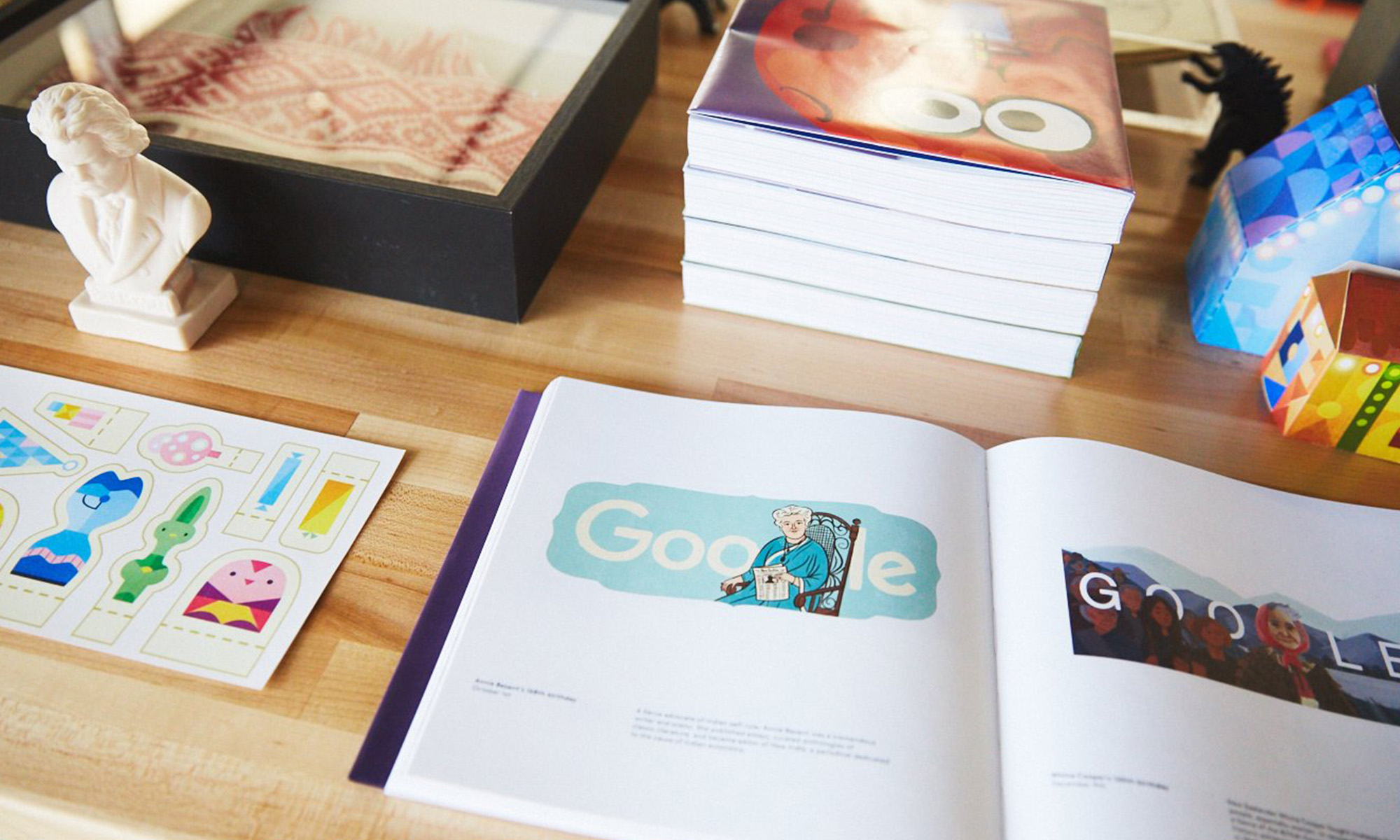Soon after my article about why the Z3 launch in India could be important for Blackberry, Google (GOOG +1.55%) (GOOGL +1.47%) announced the Android One, reinforcing the notion that inexpensive smartphones will be an important strategy in emerging economies. This is also a warning bell for its competitors such as Microsoft (MSFT +0.22%), Mozilla and Blackberry (BBRY 12.93%) that are also focusing on bringing out lower priced devices for the emerging markets.
What is Android One?
Android One is a new initiative by Google to decrease the cost of developing and releasing smartphones. The initiative aims at pooling resources from smartphone makers and others in the ecosystem to provide turnkey solutions in handset manufacturing.
These phones, irrespective of the makers, would all run the same standardized Android OS, with Google providing the OEMs with hardware reference designs. The OS updates would come in directly from Google, as is the case with the Nexus line of devices. Also, Google would provide handset makers access to its Play Store to help them add locally relevant apps to their devices.
This will allow the OEMs to save time and cost on customizing the OS for the different devices, thereby reducing the time to market and the price to the end-user for these devices. Google expects that the initiative will reduce the price of the devices significantly and allow them to target the sub-$100 smartphone market, without compromising on the user experience.
Google is working closely with three local manufacturers in India, Micromax, Spice, and Karbonn, with the first few devices expected to be launched in this fall. Additionally, the company will soon target other local manufacturers from other countries.
What are the implications?
So, what could the Android One mean for investors? Consider how the example of India could work out. India is a price-sensitive market, and although mobile uptake has been significant, less than 5% of the population uses smartphones. This is attributable to the fact that, in countries such as India, smartphones are sold unsubsidized, making them too expensive for most of the population. Additionally, poor mobile infrastructure and expensive data plans are equally at fault for poor smartphone adoption.
Per a recent CMR India report, approximately 247.2 million mobile handsets were shipped in India for 2013, of which 206.5 million were feature phones and only 41.1 million were smartphones. Interestingly, IDC estimates that about 78% of smartphone units shipped in India are within the sub-$200 category, a category that is opened up by introduction of Android One. Additionally, the initiative could potentially lead to feature phone users transitioning to smartphones, thereby enlarging the market pie.
Competitors are aware of the opportunity
Competitors are also fighting for a share of the pie in India. While there are already a few smartphones in India in the sub-$200 category, these devices have low-end hardware and very poor user experience. However, BlackBerry recently launched the Z3 in the sub-$200 smartphone category with superior specifications.
Microsoft already has a plethora of feature phones and smartphone devices, catering to the sub-$100 category such as the Nokia Asha and Nokia X, plus some entry-level Lumia phones. These devices, however have low specs hardware and do not provide a very enriching user experience. The company is also planning on cheaper chipsets for Windows phones and easing restrictions on hardware specifications for OEMs to remain price-competitive in emerging markets.
Mozilla, on the other hand, is looking to undercut Google with a $40 phone through its partnership with local companies such as Spice and Intex. The devices will run on the Firefox OS.
However, none of these competitors have an eco-system that can match what Android has. Additionally, the Android One initiative will ensure better hardware and a better user experience in the sub-$100 category, which will differentiate it from competitors. As suggested by a recent article on Verge, Google might be on its way to owning the world with Android One.









